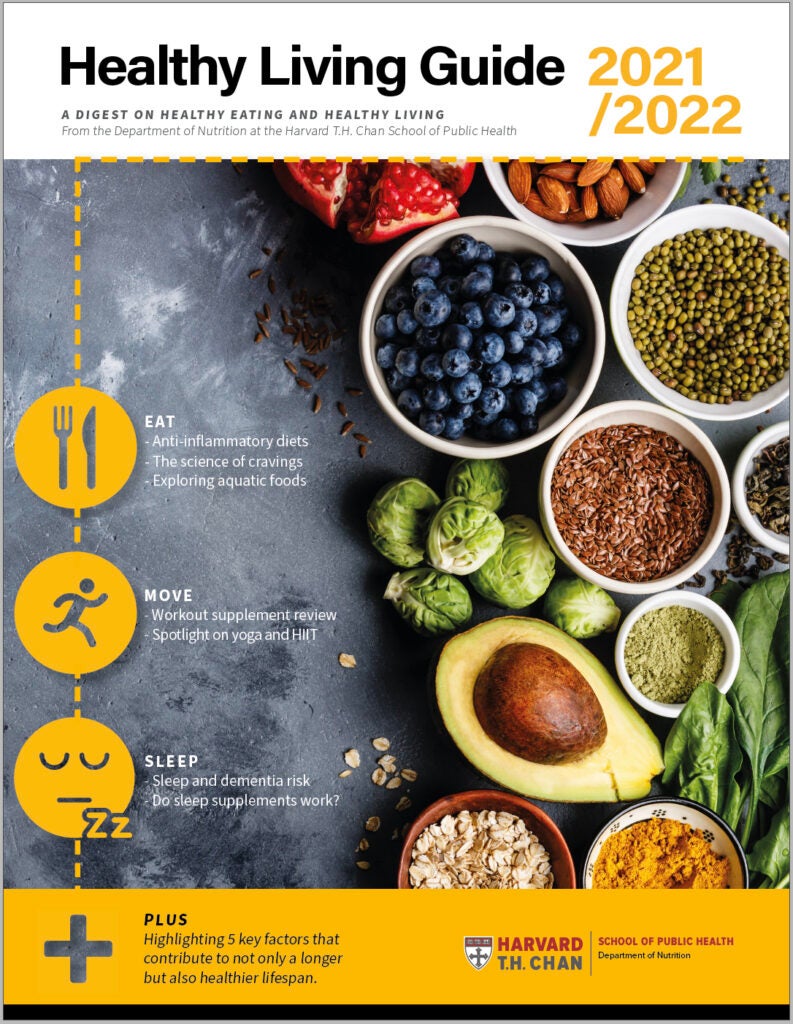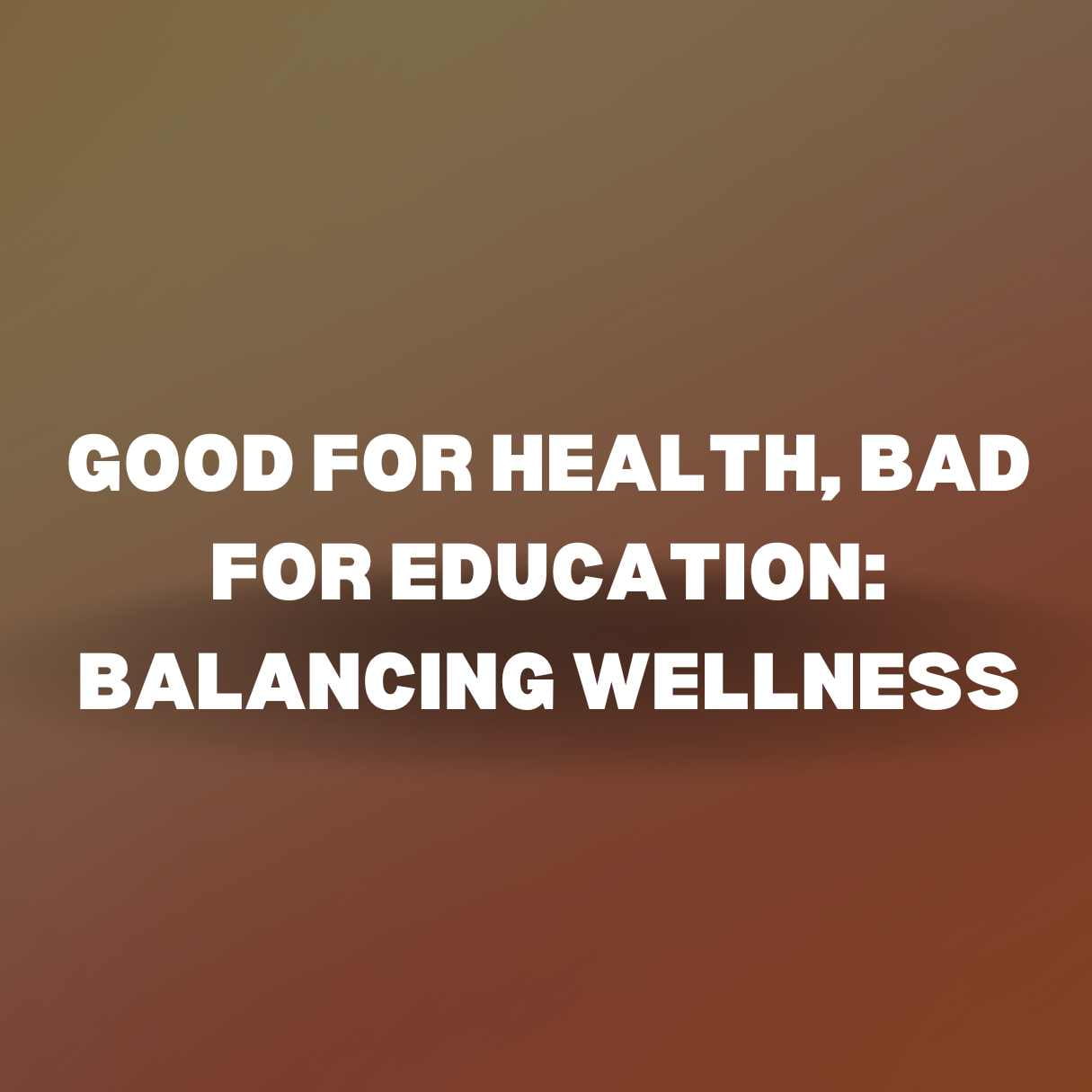“Good for Health Bad for Education” is a phrase suggesting a trade-off between wellbeing and learning. It often reflects decisions that prioritize physical health over academic gains.
The concept of “Good for Health, Bad for Education” can be seen in various contexts, from policy decisions to personal lifestyle choices. It refers to situations where actions taken to improve physical health might have a downside for educational pursuits.
This phrase can capture dilemmas such as prioritizing sports over homework, engaging in work that is physically demanding but leaves little time for study, or dealing with public health policies that close schools to keep children safe from illness. The balance between maintaining a healthy body and a well-nourished mind is a tightrope that many individuals and societies walk. Understanding this trade-off is crucial for creating a holistic approach to development, where education and health complement rather than impede one another. This delicate balance seeks an equilibrium where both physical wellness and intellectual growth are harmonized for overall betterment.


Credit: www.hsph.harvard.edu
Health And Education: The Balancing Act
A healthy mind and body can lead to powerful learning experiences. Kids need both good health and education to grow up strong. But finding a balance is tricky. It’s like walking a tightrope!
Key Factors In The Health-education Equation
What makes kids both happy and smart? Let’s dig in:
- Nutritious Food: Veggies and fruits fuel the brain.
- Exercise: Playtime can make learning fun and easy.
- Sleep: Enough sleep keeps young minds sharp.
- Mental Health: A calm mind can tackle hard schoolwork.
These are the building blocks for a brain that loves to learn!
The Ripple Effect Of Wellness On Learning
Good health can make school seem cool. Here’s how:
- Better Focus: Healthy kids can pay attention longer.
- More Energy: They don’t get tired in class.
- Good Memory: Remembering facts becomes easier.
When kids feel great, big words and math problems aren’t so scary.
Nutritional Choices Affecting Academic Performance
Nutritional choices play a key role in academic success. What students eat affects their focus, energy levels, and memory. To understand this impact, it’s important to explore the types of food that can boost or hinder educational outcomes.
Brain Foods Vs. Junk Foods
Eating the right foods can boost brain function. Brain foods like fish, nuts, and blueberries are packed with nutrients that support focus and memory. On the other hand, junk foods high in sugar and fat can cause sluggishness.
| Brain Foods | Junk Foods |
|---|---|
| Whole grains | Candy |
| Lean proteins | Chips |
| Dark chocolate | Soda |
Dietary Impacts On Concentration And Memory
Good nutrition is crucial for students. Foods rich in vitamins and Omega-3 fatty acids enhance concentration. Foods with high sugar content can lead to energy crashes, reducing a student’s ability to retain information.
- Omega-3 rich foods such as salmon improve brain health.
- Vitamin-packed vegetables increase memory power.
- Sugary snacks should be avoided to prevent midday concentration dips.
Physical Activity: Double-edged Sword For Students
Engaging in sports or hitting the gym can clear your mind. But can too much exercise affect study time? Let’s look at how physical activity impacts a student’s life in the classroom and beyond.
Exercise Benefits For Mental Clarity
Clear thinking sets the foundation for learning. Regular movement boosts this clarity. Here’s why:
- Improves concentration – Focus sharpens after physical activity.
- Better memory – Exercise can lead to enhanced memory abilities.
- Stress reduction – Workouts can melt away stress that clouds the mind.
Active bodies foster agile minds, allowing for quick understanding and retention of concepts.
When Fitness Overshadows Study Time
Balance is key. When workouts consume study hours, grades might suffer. Spot the signs:
- Falling grades signal less study time.
- Skipped classes to hit the gym? Time to rethink.
- Always tired? Overtraining can lead to fatigue, impacting studies.
Prioritize well. Ensure exercise complements academics, not competes.
Mental Health: The Silent Factor In Education
Mental health often stays hidden yet plays a crucial role in education. Students face academic pressures that can spark stress, anxiety, and depression. These challenges impact learning and can even reduce academic success. Understanding and supporting mental health in education is vital.
Stress Management Techniques
Good stress management is key for students to thrive. Here are effective strategies:
- Mindfulness: Practices like meditation help focus and calm the mind.
- Exercise: Physical activity releases endorphins, improving mood and reducing stress.
- Time Management: A structured schedule can prevent last-minute rushes and stress.
- Healthy Sleep Habits: Quality sleep is essential for cognitive function and stress reduction.
- Communication: Talking about problems with teachers, friends, or counselors can provide relief.
The Consequences Of Neglecting Mental Well-being
Not taking care of mental health can lead to serious issues. Key consequences include:
| Consequence | Impact on Education |
|---|---|
| Lower Grades | Stress and anxiety can harm focus and memory, affecting academic performance. |
| Poor Attendance | Mental health struggles might keep students from regularly attending school. |
| Decreased Motivation | Lack of mental well-being can sap the enthusiasm needed for learning and participation. |
| Difficulty Concentrating | An unsettled mind can make paying attention in class challenging. |
Creating A Sustainable Wellness-education Model
When health meets education, amazing things happen. Kids feel good, think well, and learn even better. By blending wellness with school rules, we can make schools super places for growing brains and happy hearts. Big smiles and smart minds—that’s our goal. Together, let’s create spaces where learning and health walk hand in hand.
Incorporating Holistic Health Into Curricula
Schools are not just for reading and math. They can be places where kids learn to be healthy for life. We need to weave health lessons into school days, just like we do ABCs and 123s. Imagine classrooms that buzz with energy about food that fuels and minds that meditate.
- Gardening projects for hands-on health learning
- Yoga classes to bend and stretch the stress away
- Nutrition facts in lunchtime talks
- Quiet times for mindful moments every day
Policies And Programs Supporting Equilibrium
Balance is key in schools, like a seesaw that needs weight on both ends. We can make policies that help kids stay active, eat well, and be happy learners. Think of schools as places where desks and dining, playgrounds and learning pages, all get equal love.
| Activity Time | Nutritious Meals | Wellness Checks |
|---|---|---|
| Recess for fun and fitness | Healthy lunch menus | Regular health screenings |
| Sports and clubs | Fruit instead of sweets | Social and emotional support |


Credit: www.everydayhealth.com
The link between health and education is complex. Our stories of success and failure help us understand this better. They show us what works well and what does not. We learn valuable lessons from real-life examples and apply them for better outcomes.
Case Studies Highlighting Best Practices
Best practices in merging health with education can lead to amazing results. Look at these case studies for inspiration:
- Healthy Lunch Programs: A school introduced a nutritious meal plan. Students’ focus and grades improved significantly.
- Fitness Initiatives: Another school made morning exercises mandatory. Kids stayed active and showed better health.
- Mental Health Support: With in-school counselors, a dramatic drop in student stress levels was noted.
Learning From Past Mistakes In Education Systems
Our failures teach us important lessons. Negative outcomes show us paths to avoid. Here are some noted failures:
| Cut Physical Education | Impact |
|---|---|
| Limited Exercise Time: | Students became less active and grades dropped. |
| No Health Education: | Kids were uninformed about healthy habits, leading to poor choices. |
Real-life Examples: Successes And Failures


Credit: www.apa.org
Frequently Asked Questions Of Good For Health Bad For Education
What Is The Good For Health Bad For Education Reference?
The phrase “good for health, bad for education” is a cultural reference from the 1976 film “A Clockwork Orange. ” It implies that activities beneficial to physical health might negatively impact educational pursuits or discipline.
What Does Kaneda’s Jacket Say?
Kaneda’s jacket in the anime “Akira” features the text “Good for Health, Bad for Education” on the back, along with a pill emblem.
Is A Balanced Diet Crucial For Good Health?
A balanced diet is essential. It provides necessary nutrients, maintains body weight, boosts immunity, and reduces disease risk. It’s a cornerstone of good health.
How Can Education Influence Lifestyle Choices?
Education empowers individuals to make informed health and lifestyle choices. It fosters awareness about diet, exercise, and harmful practices, directly impacting well-being.
Conclusion
Striking a balance is key. Pursuits that benefit health can sometimes hinder academic progress. It’s about moderation. Ensuring well-being without sacrificing education is the goal. Choose wisely, and you’ll thrive in both spheres. Remember, a healthy mind learns best.

